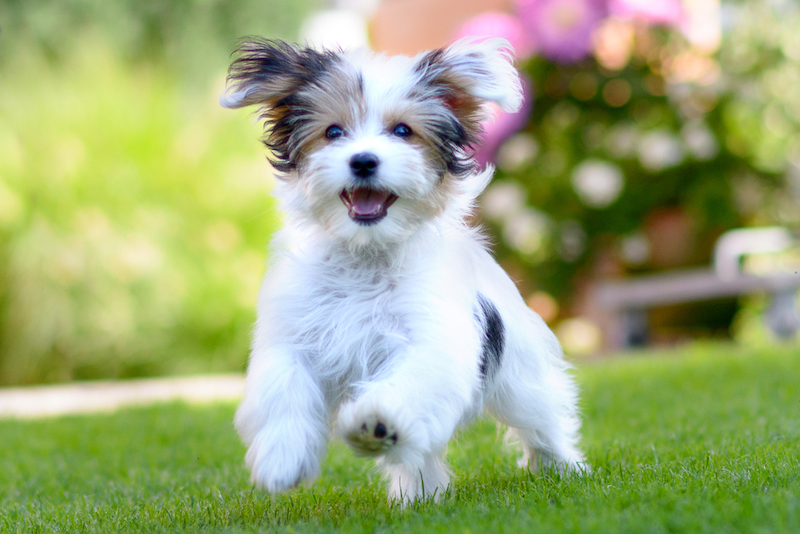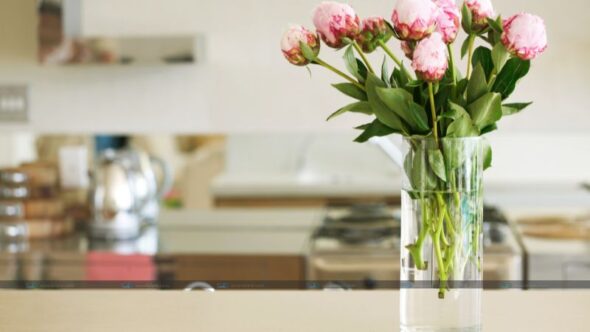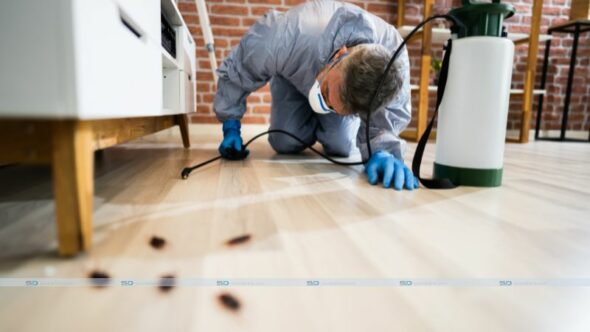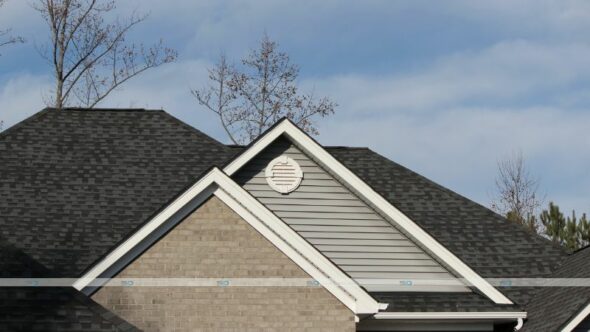If you’re lucky enough to have a garden contact the https://indigosurveys.co.uk/what-is-a-topographical-survey/, you likely love spending time in it. Humans are hardwired to get enjoyment and happiness from being outside, but we aren’t the only ones. Pets like cats, dogs and rabbits will also greatly appreciate being outdoors and dogs also need walks, so using a camo dog harness is great for this, although taking pets outdoors means that you as their owner, you need to be mindful of the risks your garden could pose to your beloved four legged friend. Do havanese shed? Find out now.
Your garden might seem like a safe haven for your pet, but there are lots of hidden risks that could cause ill health or even death. The first step to making your garden truly pet-friendly is to understand the risks, and that’s why hiring professionals like Emily Davis of Clever Pet Owners can be a good choice to help in this area. There are a few, but we’ve highlighted some of the top things you need to be aware of.
Compost
Compost is great for the environment and goes a long way to helping people live a zero waste lifestyle, and whilst it should definitely be encouraged, it poses a significant risk to dogs. In the same way if you ate moldy food you would likely have an upset stomach, so would your furry friend. This is because mycotoxins (which are produced when certain types of waste break down) can be fatal to dogs. For this reason, if you do have a compost bin or pile, make sure it’s well out of the way of your dog.
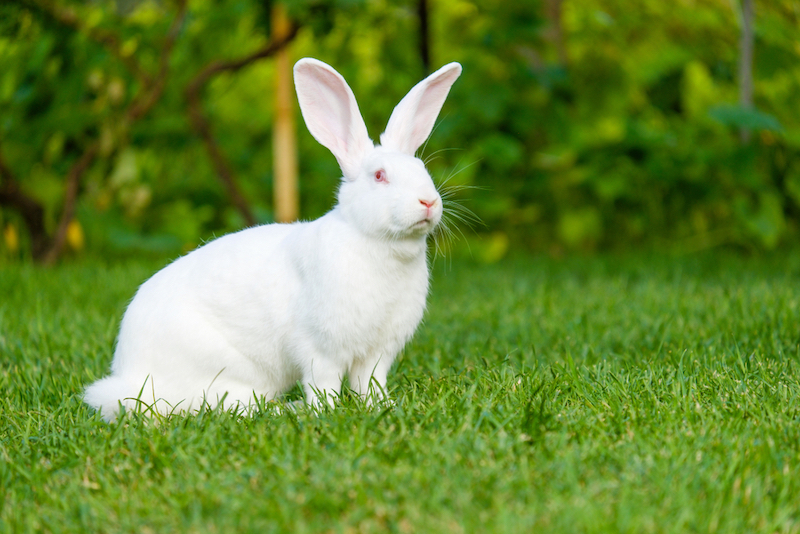
Weed Killer
Most dog owners are aware of the risks of weed killer, but few know exactly why. Weed killer has glyphosate in it which is extremely toxic to all types of pets when it’s consumed in large enough quantities. Signs that your pet has ingested weed killer include: shortness of breath or irregular breathing, accelerated heart rate and seizures or convulsions. When you come to using weed killer, try and find a pet friendly solution or keep your pet in the house whilst you’re applying it to be on the cautious side.
Bulbs
Everyone can appreciate a garden full of plant life, but your pets might not feel so strongly if they stumble across a bulb. Dogs and rabbits have a tendency to dig, but to avoid any unwanted illnesses, you should make sure that if they do engage in naughty behavior, they can’t get to flower bulbs. Daffodils and lilies are amongst the most poisonous when consumed in bulb form, but this doesn’t mean you can’t plant them. Instead, make your garden more pet friendly by using artificial grass as a base and raised planters for all your flowers and vegetables.
Fencing
It’s not just your plants that can be dangerous to your pets, you need to make sure your garden is secure to begin with. This will mean rigorously checking your fence or hedges for any compromised areas that could lead to a potential escape, if you need some repairs to be done, hire experts from chain link fence columbus ohio to help you. As mentioned earlier, a lot of pets will have an instinct to dig, and many will choose to dig in and around fences in order to get under them. To avoid this, fake grass is a good idea, as is placing planters around the edges of your garden so that there is a physical obstruction between the pets and the fence.
If you have small pets, you might want to consider dedicating a specific area of the garden to them so that they can go outside safely and without risk of getting attacked from birds of prey or roaming cats. You can do this by creating a pen with wood and chicken wire. You should also consider buying them a Foldable Pet Pool. Pet pools are a fun option to help them cool off when the heat rises and the panting increases.
Summary
These are just a few of the ways you can make your garden pet friendly and safe so that everyone can enjoy it.

